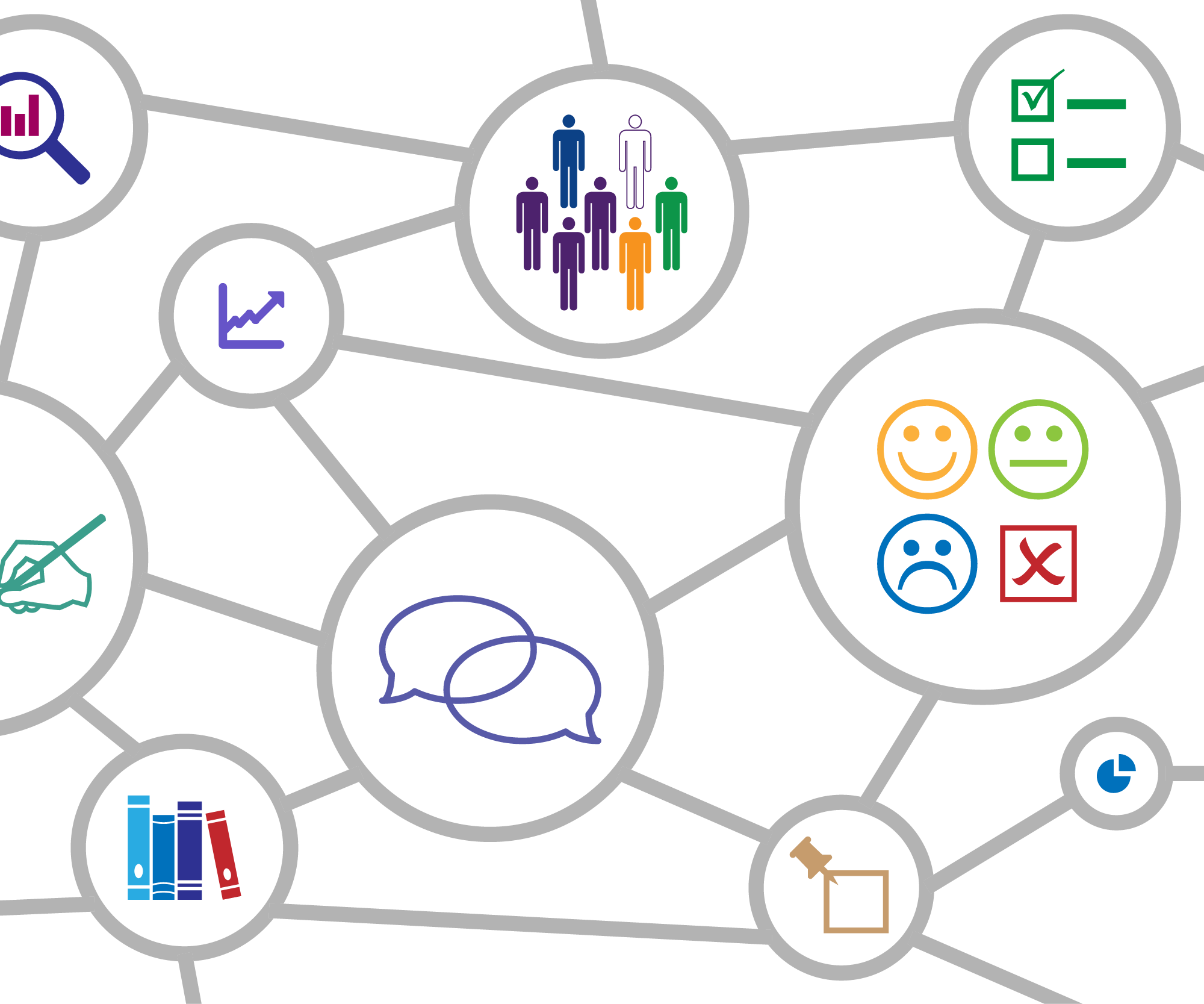Operationalizing CX Data to Drive Meaningful and Lasting Change
In Part 1 of this series, Get to the Heart of Your Customers’ Expectations and Experience, we reviewed multiple methods to ensure that you have a holistic and accurate picture of what your customers need and how you are performing to those expectations.
Getting this data to support your voice of the customer (VoC) program is just the first step. It is likely that you are receiving data from multiple sources, making it even more critical to have a structured and nimble process to consume, analyze, and act on that data to drive significant and lasting change. You want to ensure the data you are acting on is accurate and representative, but you also don’t want to wait too long to act on said data as it can quickly become irrelevant. After all, with customer expectations changing in real-time, using data from even eight weeks ago to make decisions today could lead you in the wrong direction.
So how do you take all the layers of data and operationalize it for your VoC program?
As you review these recommendations, the key is to keep it simple and, in some ways, “go back to the basics.” When having multiple sources of data, it is particularly important to avoid silos created for management or analytical purposes and to fully understand the reliability of the data. When you put yourself in the customers’ shoes, consider their journey holistically and within the context of the current environment. When you keep it simple and you know that the data is reliable, it is easier to monitor from week to week and adjust as necessary. To get started, here are a few suggestions on how to operationalize your data:
- Validate and compare data sources – Analyze your data holistically. If one source of data leads you in one direction, but another source contradicts those findings, validate which is correct to avoid missteps in action plans. When collecting data from multiple sources, avoid looking at data in silos. Instead, create a holistic view of the entire customer journey to consider all the customer’s needs, expectations, and experiences. Task your analytics team with validating conclusions from more than one finding to avoid drawing reactive conclusions based simply on a number that goes up or down. In short, ensure conclusions are based on solid analytical theory and are statistically significant.
- Question your targets and thresholds – With changing customer expectations, what may have been acceptable to customers three months ago may not be the case now. Leverage the data you are collecting from your customers and other internal sources to assess if your targets and thresholds are still accurate. Then, adjust accordingly and structure regular reviews. For example, your customer’s tolerance for wait times may have changed in recent months as they are willing to wait longer to resolve their issue, or vice versa.
- Align on strategy and priorities – Starting from the top, you first need a culture committed to driving rapid change, with alignment on business objectives and customer experience. Many companies talk about the customer experience and their commitment to improving it, but what does that really mean for your organization? How is CX measured and managed alongside efficiency and other organizational goals? The vision must be clear to ensure priorities are aligned cross-functionally.
- Design flexible and nimble organizations – Some of you probably witnessed changes and improvements made at the speed of light during COVID-19. We have heard countless stories of companies who were able to pull off miracles that would not have seemed possible two weeks prior, proving it could be done. So, you need to design your organizations in such a way that data can be consumed, analyzed, prioritized, and actioned quickly and methodically. The old organizational structure may have worked six months ago, but to be truly agile and drive improvements based on a rich and current data set, you may need to rethink your structure. We have received feedback from several organizations noting that since adjusting to smaller and more nimble teams, it has created greater agility and has increased the team’s ability to get things done.
- Bust the “data silos” – Much of the data you will be receiving crosses through different departments. The customers’ experience with your company spans their entire journey with you. The data received from all sources should provide insights into just about every department: from marketing to sales, to fulfillment, to support, and to finance. So again, the organizational and ownership structure needs to be designed to ensure there are no silos and all leaders are working together to determine priorities and develop plans based on the data. Remember, we are all in this together!
- Ensure ownership and accountability of results – Clear ownership, accountability, and results of action plans are critical. Quantified targets with specific timelines should be established based on data versus opinion, and again, balanced with overall organizational goals.
- Include your team in the plans – Your plans to operationalize CX data do not stop at the senior leadership level. Include those closest to your customers, such as your agents, supervisors, and quality teams. They should be part of the solution, both in planning and execution.
- Implement a structured performance improvement approach – There are many structured performance improvement approaches, including the use of internal Six Sigma teams. If you do not have a dedicated Six Sigma team, you’ll be fine! Just ensure you have an approach that works for your organization that uses a systematic define, measure, analyze, improve, and control (DMAIC) discipline. You don’t need to over-complicate the model; it just needs to fit with your organization but most importantly, allow you to analyze data quickly, draw conclusions, implement plans for improvement, and measure results.
In summary, do not rely on your old playbooks for consuming and actioning your VoC data. Customer expectations have changed and you have more data than ever to help you make decisions. Ensure you have a staff with advanced analytical skills to help you draw appropriate conclusions, an organizational structure and culture that allows you to make quick and thoughtful decisions, and a structured improvement approach that focuses on results with the ability to pivot based on what the data is telling you.
With a multi-layered VoC program and a structure behind it to consume and act on the data, you will be well-positioned to drive sustainable change, in which your customers will reward you for with their loyalty for the long-term.
If you have implemented unique and new methods for operationalizing your customer feedback as part of your VoC program, we would love to hear from you!
To Learn More About The Voice of the Customer: Register to watch CustomerCONNECT sessions on-demand
Blog post, written by: Execs In The Know


